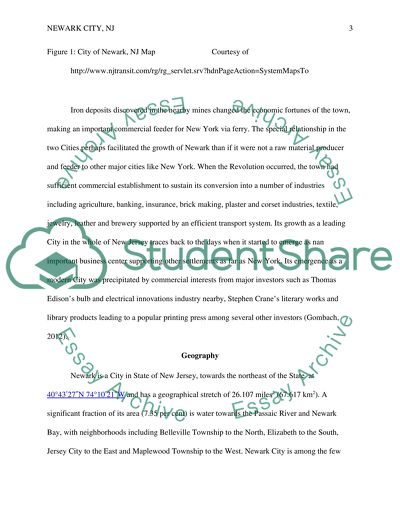Cite this document
(“City of Newark, New Jersey Research Paper Example | Topics and Well Written Essays - 2750 words”, n.d.)
Retrieved from https://studentshare.org/macro-microeconomics/1402009-city-of-newark
Retrieved from https://studentshare.org/macro-microeconomics/1402009-city-of-newark
(City of Newark, New Jersey Research Paper Example | Topics and Well Written Essays - 2750 Words)
https://studentshare.org/macro-microeconomics/1402009-city-of-newark.
https://studentshare.org/macro-microeconomics/1402009-city-of-newark.
“City of Newark, New Jersey Research Paper Example | Topics and Well Written Essays - 2750 Words”, n.d. https://studentshare.org/macro-microeconomics/1402009-city-of-newark.


